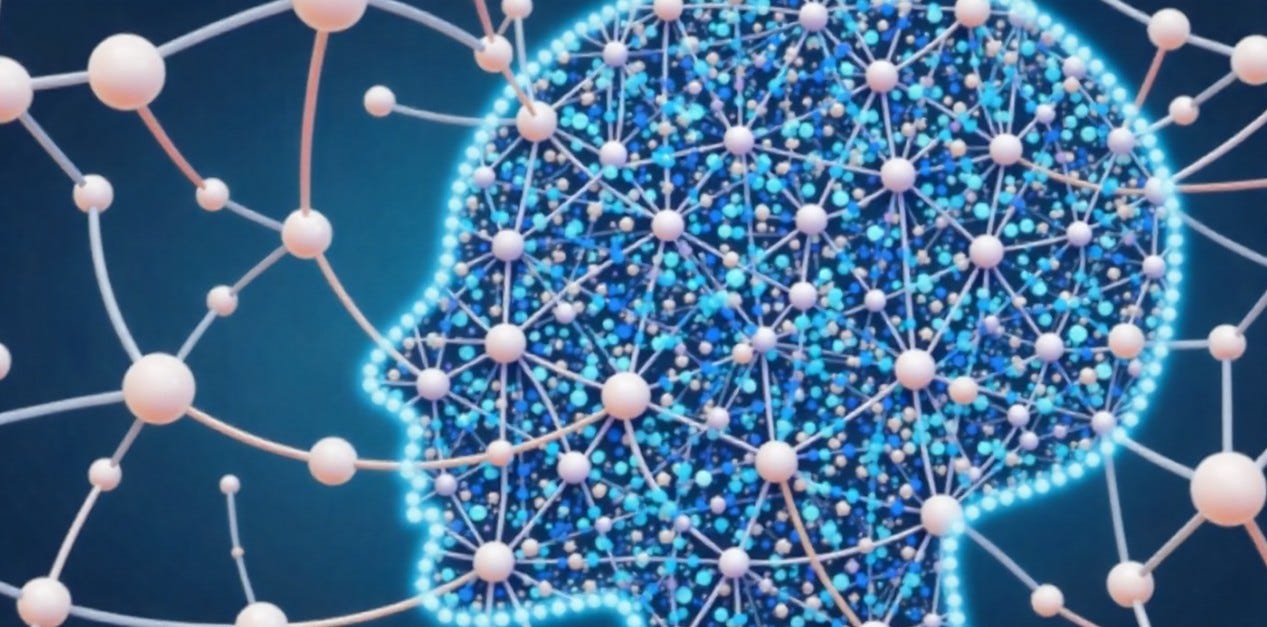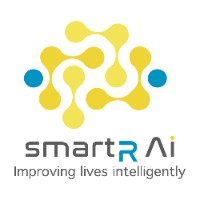The Data-Driven Revolution in Financial Services: Harnessing AI for Innovation

Navigating the Data Landscape in Financial Services
The financial services industry is currently experiencing a transformative shift, spurred by an overwhelming influx of data and the game-changing capabilities of artificial intelligence (AI). This shift is not merely about technology; it represents a new era where institutions are reimagining customer experiences, risk management strategies, and fraud detection. Understanding how AI can leverage data is paramount for organizations looking to stay ahead in this competitive landscape.
Fueling Innovation Through Data Insights
The immense volume, speed, and variety of data available—ranging from transaction records to customer interactions—have transitioned from being dormant assets to vital components driving innovation. AI algorithms can process these datasets much faster than any human could, uncovering patterns and insights that facilitate transformative business strategies.
Real-World Applications of AI in Financial Services
The integration of AI into financial services comes with a myriad of impactful applications:
- Personalized Customer Experiences: AI-driven chatbots provide immediate support and tailored recommendations, enhancing customer satisfaction and loyalty.
- Fraud Detection and Prevention: AI analyzes transactions in real-time to uncover suspicious activities, effectively reducing financial losses.
- Advanced Risk Management: AI models predict market volatility and assess credit risks, allowing institutions to make more informed decisions.
- Algorithmic Trading: AI can identify trade opportunities and execute transactions automatically, improving efficiency and profitability.
- Process Automation: By automating repetitive tasks, AI frees up human resources for more complex activities, enhancing operational efficiency.
- Enhanced Credit Assessments: AI can utilize alternative data sources to provide quicker loan approvals and broader access to credit.
Achieving Success Through Data-Driven Innovation
The impact of data-led innovation is not just theoretical; numerous financial institutions have achieved remarkable outcomes. By reducing operational costs through automation, improving customer satisfaction with personalized services, and significantly lessening fraud losses, these organizations are witnessing a transformation in their financial performance.
Rethinking Data Preparation for AI Success
A major roadblock in AI implementation is the misconception that data must be flawless. This can lead to prolonged and expensive cleaning processes. A new methodology, the “Just-in-Time” approach, allows organizations to focus on preparing only the data necessary for specific applications, thus accelerating AI initiatives.
Building Robust AI Systems
Good AI systems don’t require perfect data; they thrive with adequate checks and balances. Employing the “Swiss Cheese” principle, which uses multiple layers of protection to cover gaps, financial institutions can establish robust verification mechanisms. Human oversight, validation rules, and integrated trust scores are essential to ensure AI outputs are reliable and actionable.
The Future of AI: Collaborative Intelligence
The vision for AI should evolve towards collaborative intelligence—where human and machine strengths unite to drive innovation. AI should be viewed as a tool to augment human capabilities rather than replace them. Organizations that embrace this philosophy will find themselves leading the charge in the next phase of financial services development.
Conclusion: Embracing a Data-Driven Future
As the financial services sector pivots toward a data-centric model, institutions must recognize that innovation led by data is no longer a luxury; it’s a necessity. The integration of AI with a focus on agile methodologies will empower organizations to provide better customer experiences, improve operational efficiency, and adapt in an ever-evolving market. The new standard for success lies in harnessing data effectively, embracing iterative improvement, and developing collaborative relationships between humans and AI.

